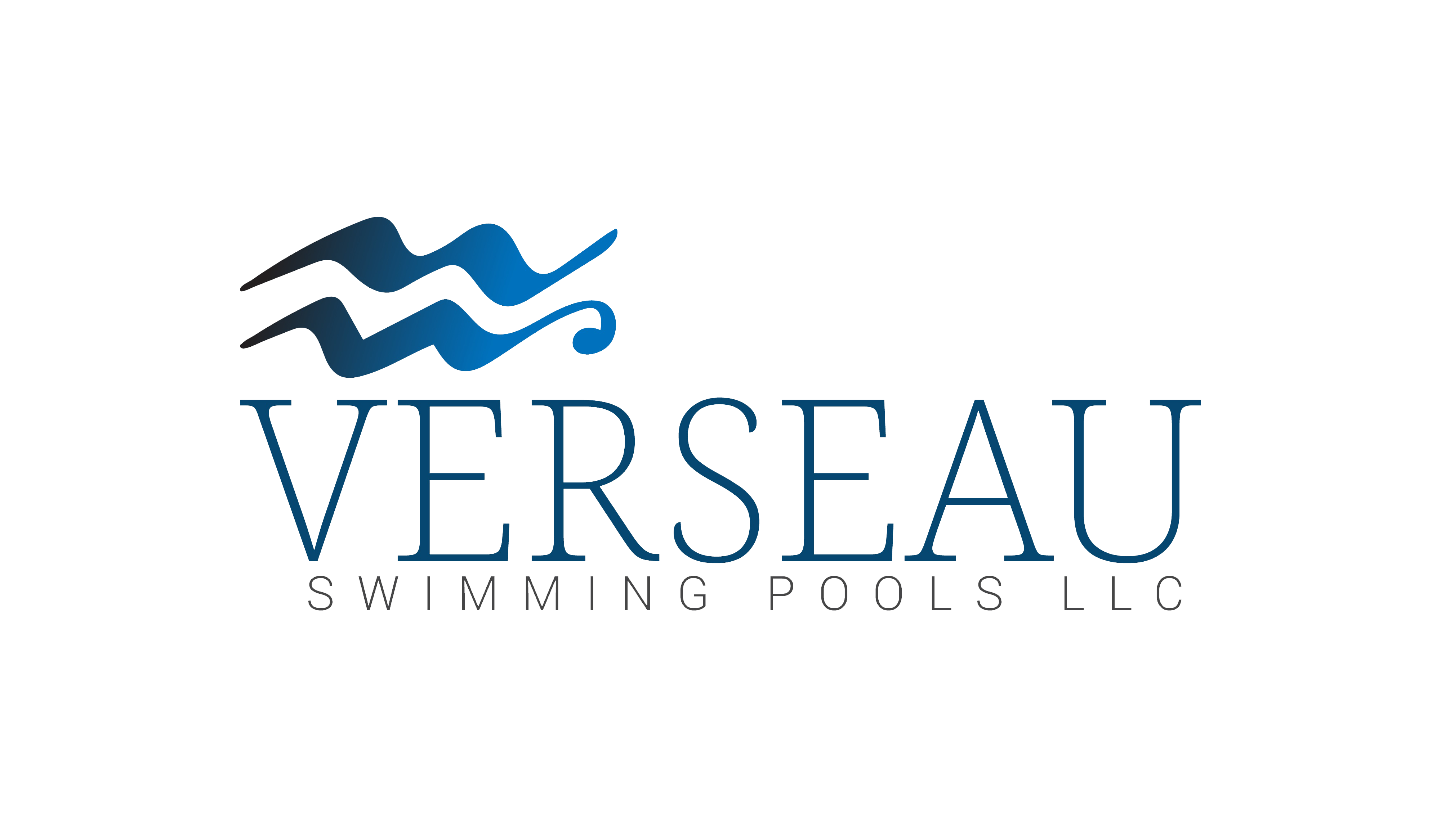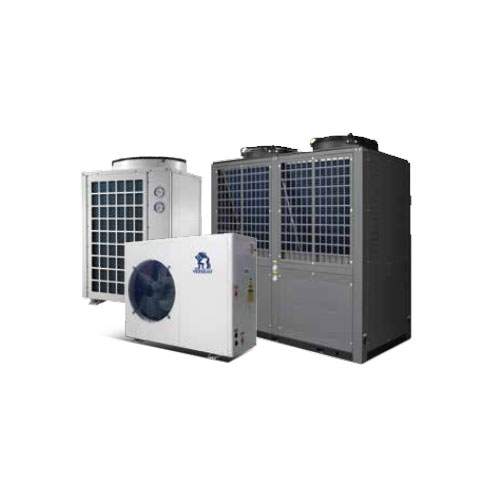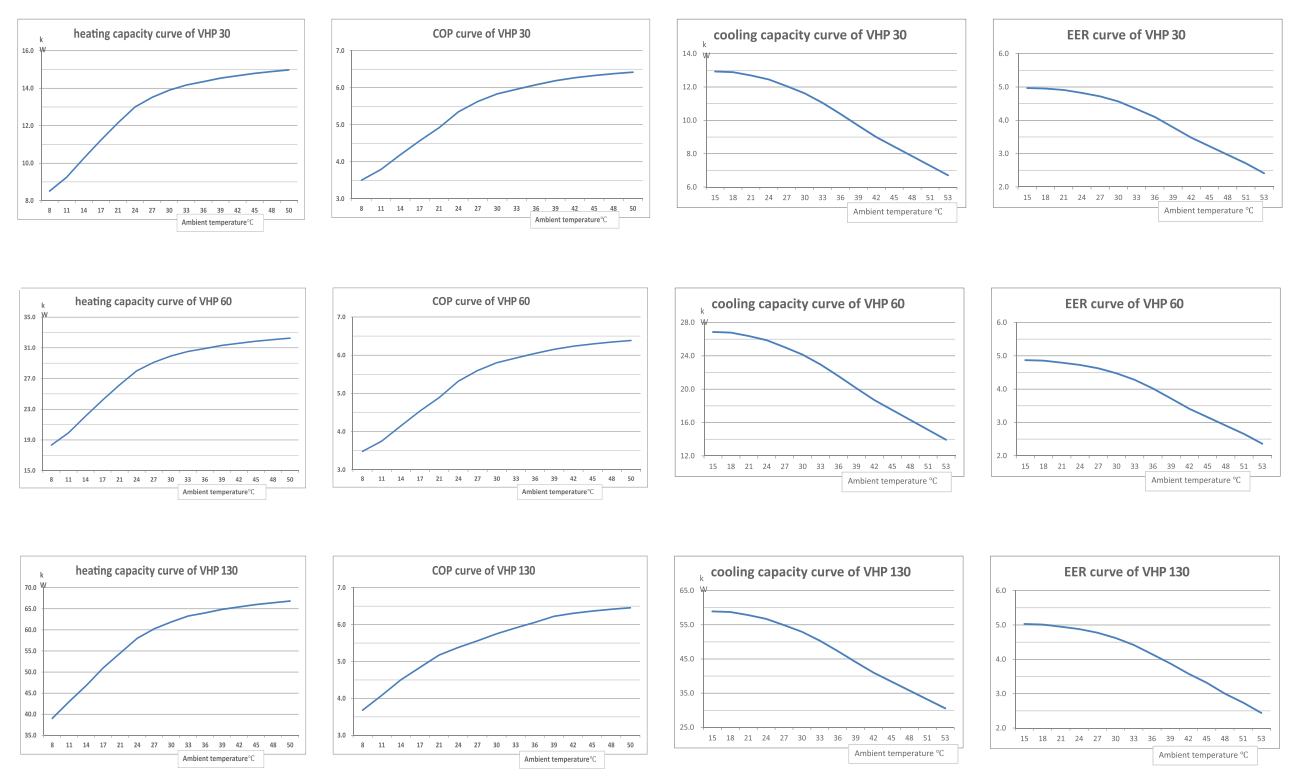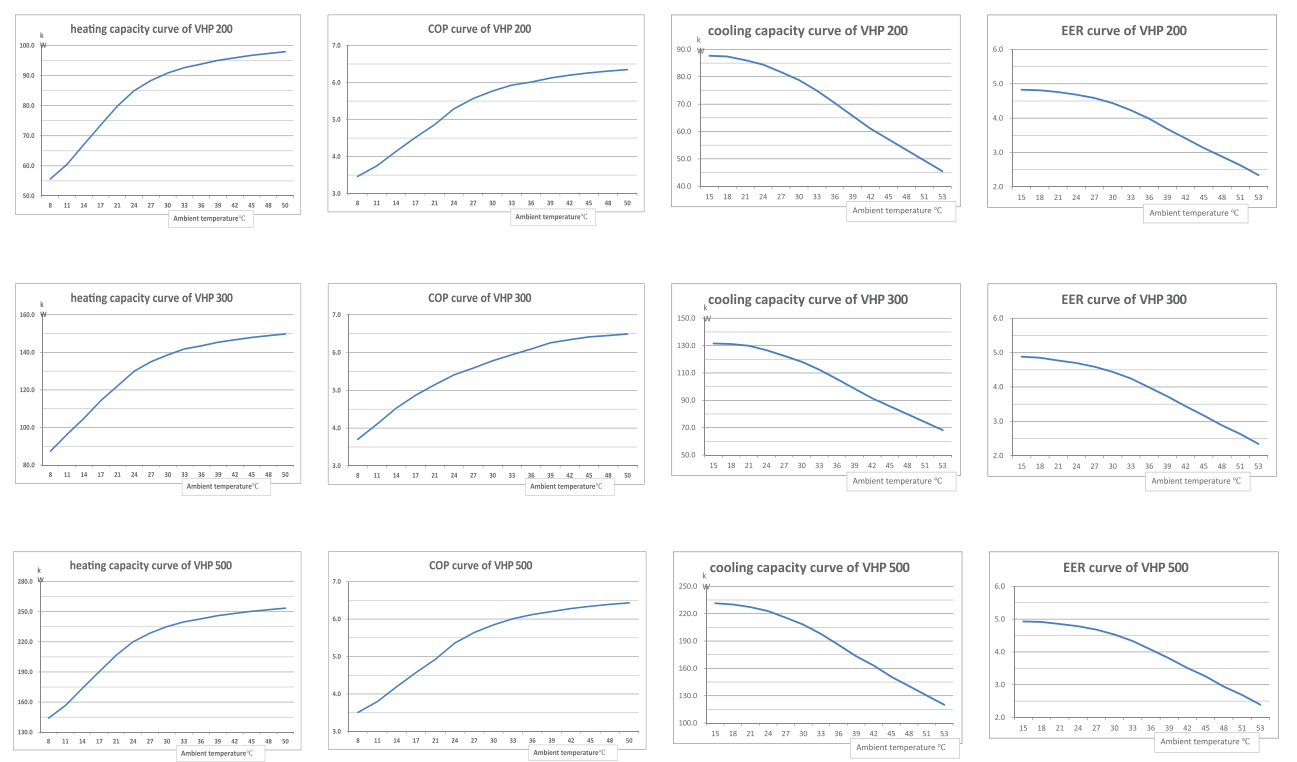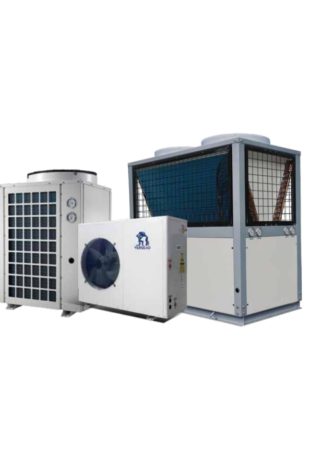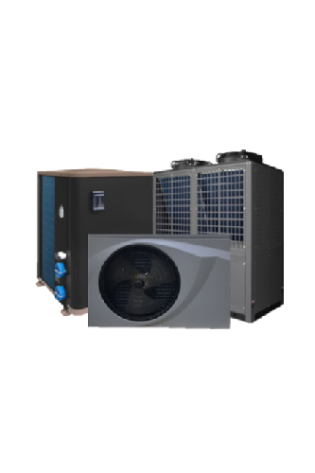- Your cart is empty
- Continue Shopping
SINGLE SPEED ON/OFF AIR SOURCE HEAT PUMPS
What is a swimming pool heat pump?
Swimming Pool heat pumps are an efficient, environmentally friendly way to heat a pool. Heat pumps can save pool owners money in the long run as they typically have a much lower annual operating costs than electric or gas heaters and with proper maintenance, can last up to 10 years or more. This method of heating is environmentally friendly as they use less energy than other heating methods. They operate by extracting heat from the outside air, increasing the heat with a compressor, delivering the heat to the water, and ejecting the cold air out the top of the unit. For a heat pump to operate effectively, the ambient air outside should be 7 C or higher. This method of pool heating may be ideal for pool owners who use their pool in warmer weather or who live in warmer climates during the colder seasons.
Product Description
How Do Pool Heat Pumps Work?
A pool heat pump uses electricity and does not actually generate heat. Instead, heat pumps have a fan which draws in heat from the outside air that has been warmed by the sun. This warm air is extracted by a fan and circulated through an outer evaporator air coil. Liquid refrigerant within the evaporator coil absorbs heat and transforms it into a gas. The warm gas in the coil then gets pumped into the compressor which increases the heat, creating a very hot gas that then passes through the heat exchanger condenser. The pool pump circulates the swimming pool water drawn from the pool, it then passes through a filter and the heat pump water heater. As the Liquid refrigerant gas and water from the pool is pumped through the heat exchanger at the same time, the hot gas transfers its heat to the water. The water is heated 2-3 degrees as it passes through and then the warmer water flows back into the pool. The hot gas, as it flows through the condenser coil, returns to liquid form and back to the evaporator, where the whole process begins again. Heat pump pool heaters work efficiently as long as the outside temperature remains above the 7-10 C range. The cooler the outside air they draw in, the more energy they use. However, since most people use outdoor swimming pools during warm weather, this usually isn’t an issue.
How to choose the correct size heat pump or heater for your pool
Pool heater sizing is measured in kwh ( kilowatt hour) The higher the number of kwh’s, the quicker you can heat your pool water. To find out how many kwh’s are required for your specific application, you must calculate the surface area of your pool, your geographic location, ambient temperature, and the environmental conditions such as shade or wind. Whether you retain heat with a solar cover, also determines sizing requirements. When selecting your pool heater, always choose a heater rated somewhat higher than your actual pool surface area and desired temperature rise required. There is no such thing as “oversizing” a pool heater. The larger the kwh output of the pool heater you buy, the quicker it will heat your pool water. This means less run time on the heater and a longer overall heater life span. You will always be glad you opted for the larger pool heater. A pool will gradually lose heat due to evaporation and may cause your pool to take longer to achieve desired temperature. Investing in a pool cover will reduce heat loss by up to 80 percent.
Step 1 Determine Ideal Water Temperature
How warm do you want the pool water and how fast do you want to raise the temperature? Most pool owners consider 26-30 degrees Celsius to be adequately comfortable.
Step 2 Determine Average Ambient Temperatures
Calculate the average temperature in your area during the coldest month you intend to use it.
Important: Consider other weather conditions, including humidity, wind chill, and night temperatures. If you live in a dry climate, if wind speeds are high or temperatures drop at night, you should plan for a larger heater.
Step 3 Temperature Rise
Subtract the average temperature from your ideal temperature. The result is the number of degrees your heater will need to heat a pool in order to make it comfortable.
Step 4 Measure Pool Capacity
Find the surface area of your pool in square metres. Note the length, width, depth, volume and shape.
Step 5 Choose a Heating Condition
Decide how you plan to use your pool and how often. There are two heating conditions to choose from; heat from cold or maintain the desired temperature. If pool use will be daily, you may wish to keep it heated continuously. Heating from cold will require raising the water from cold to the desired temperature.
Important: A pool will gradually lose heat due to evaporation and may cause your pool to take longer to achieve desired temperature. Investing in a pool cover will reduce heat loss by up to 80 percent.
Features
1. Specially Designed for Gulf Conditions, With Heating & Cooling options maintaining a uniform temperature throughout the year.
2. Easy to Install and Operate
3. Very Low operational cost, Ozone friendly & highly efficient
4. Fitted with whisper quiet fans, Verseau Heat Pumps have very low operating noise levels.
5. Electronic reverse cycle defrost with 4-way valve.
6. Specially designed hydrophilic coated corrosion-resistant condenser coil.
7. Have long life expectancy & are very durable.
8. Excellent after sales service & technical support.
9. 100% factory tested
10. Highly efficient hermetically sealed scroll compressor with R410a refrigerant
11. Grade one Titanium Heat Exchanger free from corrosion
Installation tips
If you properly install and maintain your heat pump pool heater, it can easily last five to ten years or longer and maximize energy efficiency. We recommend having a qualified pool professional or electrician install the heater. Especially for electrical wiring and hookups. Heat pumps need plenty of air circulation and work best outside with plenty of clearance surrounding the unit with no obstructions. Take care in selecting the location for your heater; on level ground near a pool pump or filter and ensure that air flow is not restricted. Your owner’s manual will specify in detail the proper clearance, where the heat pump goes in conjunction with your equipment and the ideal location of the unit.
What distance from my pool should I install a heat pump?
Install the heater as close to the filter as possible and approximately 8-10 metres away from the swimming pool. Installing the unit any farther may cause heat loss since tubing is underground. An “ideal” installation will have about 1 metre of clearance around the unit with no obstructions above. We have seen many exceptions and if you believe you have one, call us and we can go over it. If you’re not sure where to install the heater pump, contact us to make sure that the capacity of the heater is adequate for your pool and the distance between the heat pump and filter.
SWIMMING POOL HEAT PUMPS TECHNICAL SPECIFICATIONS
